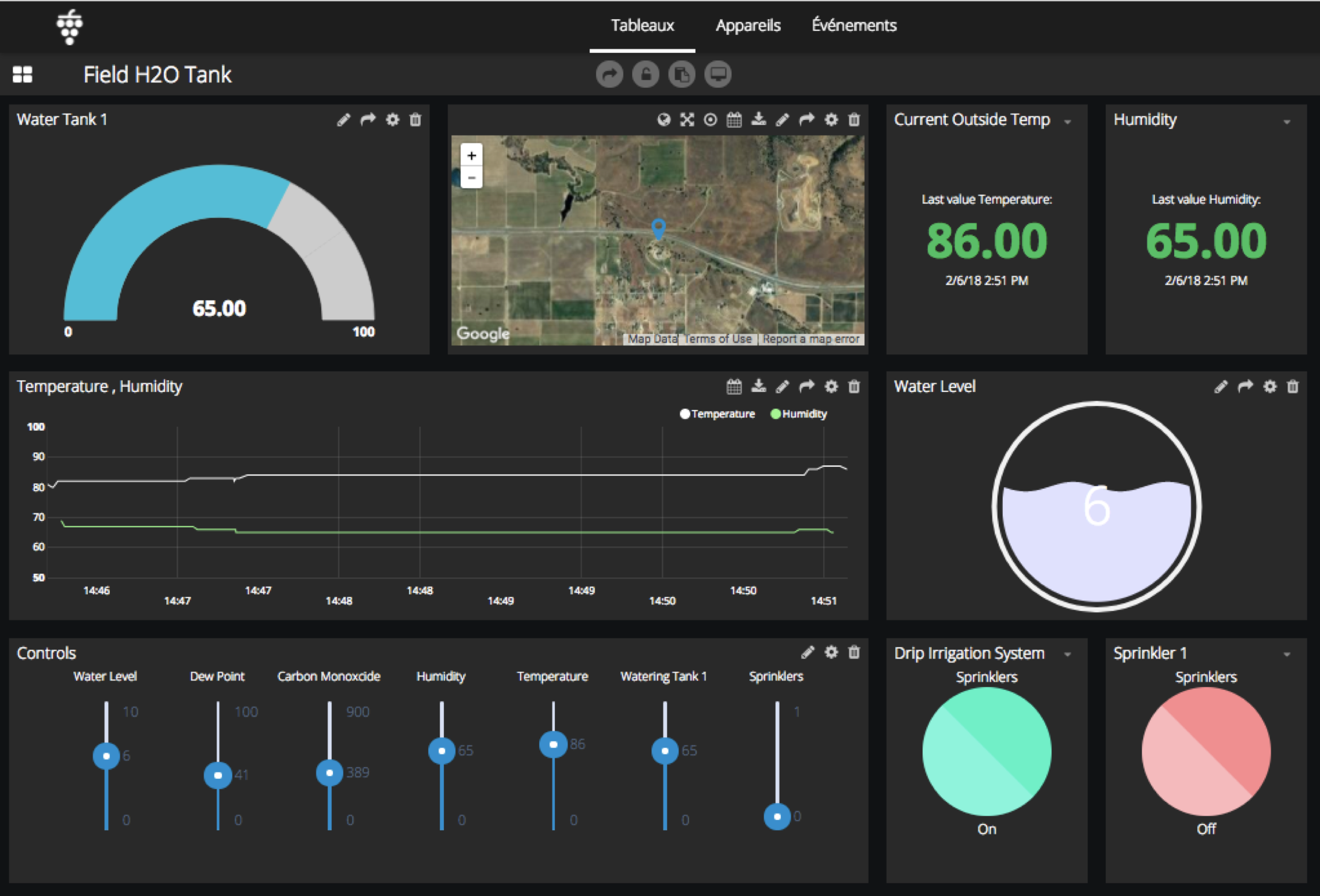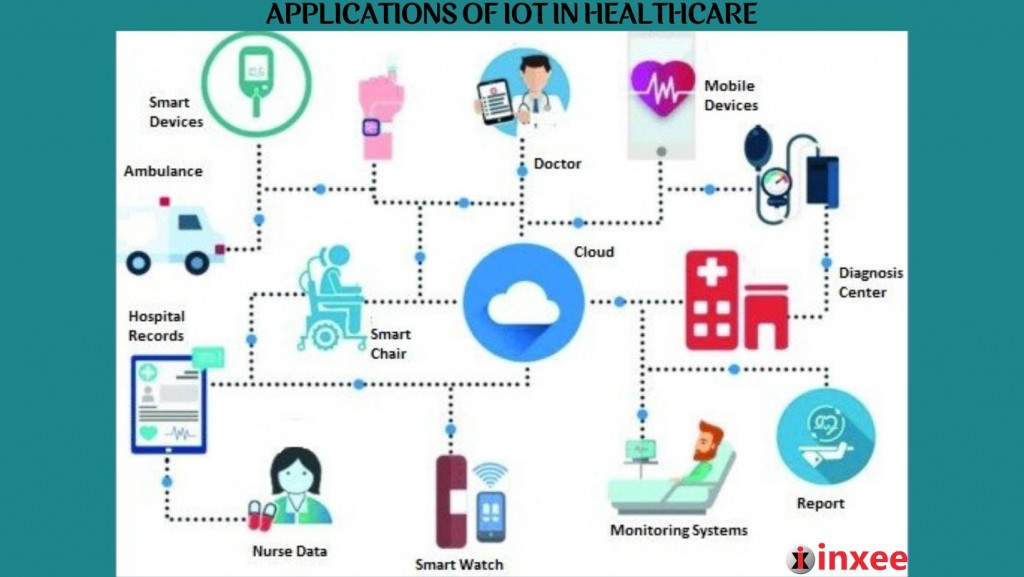In today's interconnected world, the Internet of Things (IooT) has emerged as a transformative technology that is reshaping how we interact with our environment. From smart homes to industrial applications, IoT is driving innovation and efficiency across various sectors. As billions of devices become connected, the potential for growth and development seems limitless.
The Internet of Things (IoT) represents a network of physical objects embedded with sensors, software, and connectivity, enabling them to collect and exchange data. This technology has rapidly gained traction due to its ability to enhance automation, streamline operations, and provide valuable insights through data analytics. IoT's impact spans multiple industries, from healthcare to manufacturing, making it one of the most significant technological advancements of our time.
As we delve deeper into the world of IoT, it becomes essential to understand its core components, applications, benefits, and challenges. This comprehensive guide aims to provide a thorough exploration of IoT, ensuring readers gain a well-rounded understanding of its significance in shaping the future of technology and connectivity.
Read also:Everything You Need To Know About Wwwmovierulz 2024 Download
Table of Contents
- What is IoT?
- History of IoT
- Key Components of IoT
- Applications of IoT
- Benefits of IoT
- Challenges of IoT
- IoT Security
- IoT and Industry 4.0
- Future of IoT
- Conclusion
What is IoT?
The Internet of Things (IoT) refers to a network of interconnected devices that communicate and exchange data over the internet. These devices can range from simple sensors to complex machines, all equipped with unique identifiers and the ability to transmit information without human intervention. At its core, IoT aims to enhance connectivity, enabling devices to work together seamlessly to improve efficiency and convenience.
How IoT Works
IoT operates through a combination of hardware, software, and network connectivity. Devices collect data using sensors, process it through embedded systems, and transmit it to a central platform for analysis. This data is then used to trigger actions or provide insights, creating a feedback loop that optimizes performance and decision-making.
Key aspects of IoT functionality include:
- Data collection via sensors
- Data transmission through wireless networks
- Data processing and analysis in the cloud
- Automation and control of connected devices
History of IoT
The concept of IoT dates back to the early 1980s, when the first internet-connected appliance, a Coke machine at Carnegie Mellon University, was developed. However, the term "Internet of Things" was coined by Kevin Ashton in 1999 during his work on RFID technology. Since then, advancements in wireless communication, cloud computing, and data analytics have propelled IoT into the mainstream.
Milestones in IoT Development
Several key milestones have marked the evolution of IoT:
- 1982: First internet-connected device
- 1999: Introduction of the term "Internet of Things"
- 2008: Number of connected devices surpasses the global population
- 2020: IoT becomes a critical component of smart cities and industries
Key Components of IoT
IoT systems consist of several essential components that work together to enable connectivity and data exchange. Understanding these components is crucial for grasping the mechanics of IoT technology.
Read also:1986 The Year That Shaped The World
1. Sensors
Sensors are the primary data collectors in IoT systems, capturing information about the environment, such as temperature, humidity, motion, and more. They serve as the eyes and ears of IoT devices, providing the raw data necessary for analysis and decision-making.
2. Connectivity
Connectivity allows IoT devices to communicate with each other and with central platforms. Various technologies, including Wi-Fi, Bluetooth, Zigbee, and cellular networks, enable seamless data transmission over short and long distances.
3. Data Processing
Data processing involves analyzing the information collected by sensors to extract meaningful insights. This process often occurs in the cloud, where powerful computing resources can handle large volumes of data efficiently.
Applications of IoT
IoT has found applications in numerous industries, revolutionizing the way businesses and consumers interact with technology. Below are some of the most prominent use cases:
1. Smart Homes
IoT enables homeowners to control appliances, lighting, and security systems remotely, enhancing convenience and energy efficiency. Devices such as smart thermostats, smart locks, and voice assistants have become increasingly popular in modern households.
2. Healthcare
In healthcare, IoT devices monitor patients' vital signs, track medication adherence, and provide real-time alerts to healthcare providers. This technology improves patient outcomes and reduces healthcare costs by enabling proactive care.
3. Manufacturing
IoT plays a pivotal role in Industry 4.0, where smart factories leverage connected machines to optimize production processes. Predictive maintenance, real-time monitoring, and automated workflows are just a few examples of IoT's impact on manufacturing.
Benefits of IoT
The adoption of IoT offers numerous advantages across various sectors. These benefits include:
1. Increased Efficiency
IoT automates processes, reduces manual intervention, and optimizes resource utilization, leading to significant improvements in operational efficiency.
2. Enhanced Data Insights
By collecting and analyzing vast amounts of data, IoT provides valuable insights that drive informed decision-making and innovation.
3. Cost Savings
IoT reduces costs by minimizing waste, improving asset utilization, and enabling predictive maintenance, thereby extending the lifespan of equipment.
Challenges of IoT
Despite its numerous benefits, IoT faces several challenges that must be addressed to ensure its successful implementation. These challenges include:
1. Security
IoT devices are vulnerable to cyberattacks, making security a top concern. Ensuring the protection of sensitive data and preventing unauthorized access is critical for maintaining trust in IoT systems.
2. Privacy
As IoT devices collect vast amounts of personal data, privacy concerns arise regarding how this information is stored, shared, and used. Implementing robust privacy measures is essential to safeguard user information.
3. Interoperability
The lack of standardized protocols and communication standards hampers the seamless integration of IoT devices. Addressing interoperability issues is crucial for maximizing the potential of IoT ecosystems.
IoT Security
Security is a fundamental aspect of IoT, as connected devices often handle sensitive information. Implementing robust security measures, such as encryption, authentication, and regular software updates, is essential to protect against cyber threats. Organizations must prioritize security throughout the IoT lifecycle, from design to deployment, to ensure the safety and reliability of their systems.
IoT and Industry 4.0
IoT is a cornerstone of Industry 4.0, the fourth industrial revolution, which emphasizes automation, connectivity, and real-time data analysis. By integrating IoT into manufacturing processes, companies can achieve greater flexibility, productivity, and responsiveness to market demands. This transformation is driving the development of smart factories and reshaping the industrial landscape.
Future of IoT
The future of IoT looks promising, with projections indicating exponential growth in the number of connected devices and the volume of data generated. Advancements in artificial intelligence, 5G networks, and edge computing will further enhance IoT capabilities, enabling new applications and use cases. As IoT continues to evolve, it will play an increasingly vital role in shaping the digital landscape of tomorrow.
Conclusion
In conclusion, the Internet of Things (IoT) has emerged as a transformative technology with the potential to revolutionize various aspects of our lives. From enhancing connectivity and efficiency to providing valuable insights through data analytics, IoT offers numerous benefits across industries. However, addressing challenges such as security, privacy, and interoperability is crucial for realizing its full potential.
We invite you to share your thoughts and experiences with IoT in the comments below. Additionally, explore our other articles to learn more about emerging technologies and their impact on the world. Together, let's embrace the future of connectivity and innovation!

